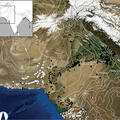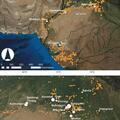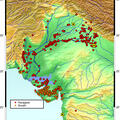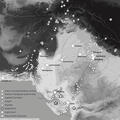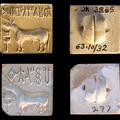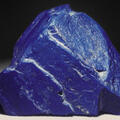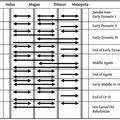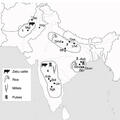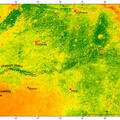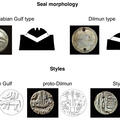Adaptation to Variable Environments, Resilience to Climate Change
An important contribution synthesizing many fields of research. The authors write: "This paper will explore the nature and dynamics of adaptation and resilience in the face of a diverse and varied environmental and ecological context using the case study of South Asia’s Indus Civilization (ca. 3000–1300 BC), and although it will consider the Indus region as a whole, it will focus primarily on the plains of northwest India."

